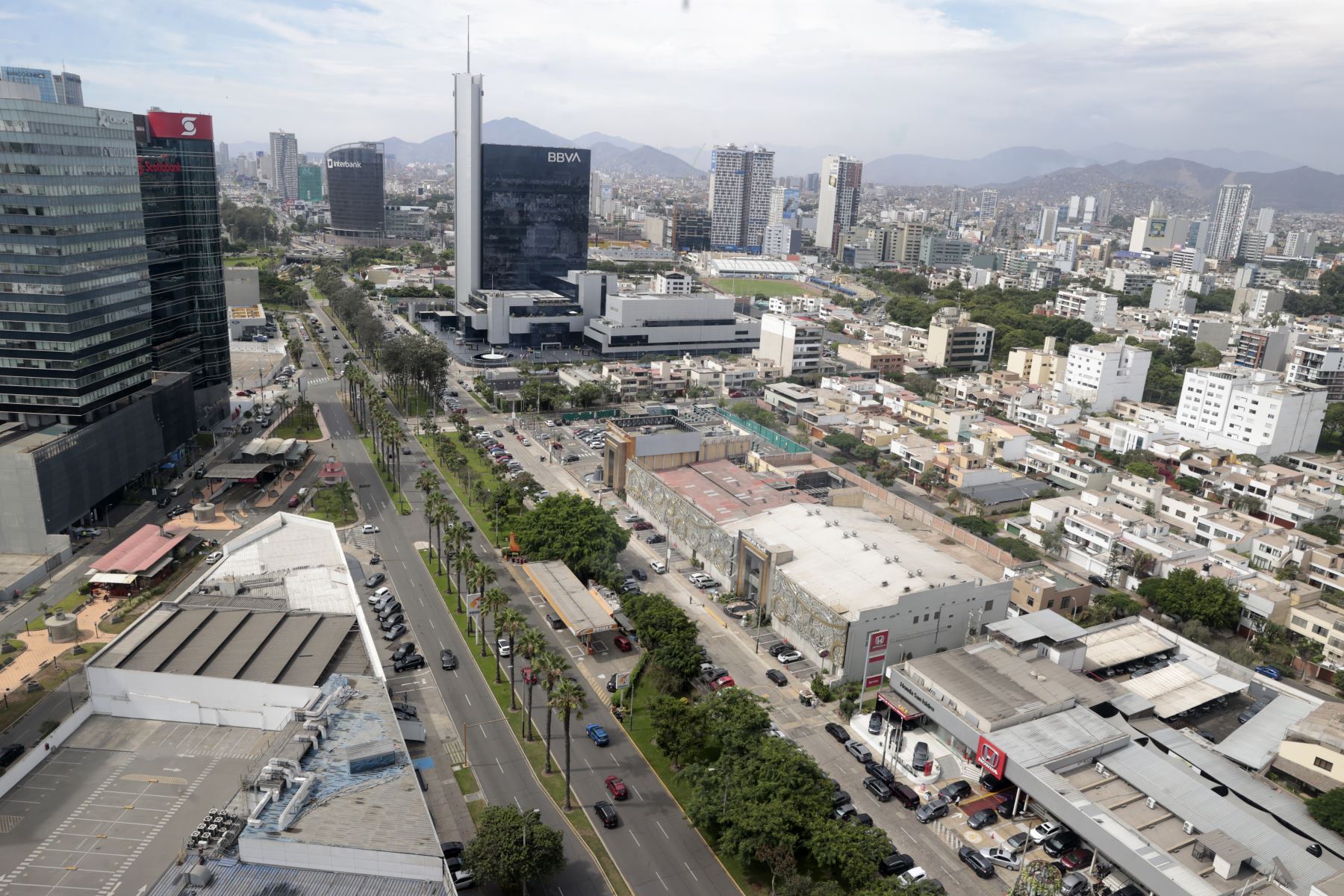Peru's Economic Resilience: Beyond Mining, a Diversified Future

For years, Peru's economy has been synonymous with its rich mineral resources. However, a closer look reveals a compelling story of diversification and resilience, proving that Peru is steadily shifting towards a more robust and sustainable economic model. While mining remains a significant contributor, the nation's economic progress is increasingly linked to the performance of its non-primary sectors, demonstrating a remarkable ability to weather both internal and external economic storms.
A History of Resilience
Peru's economy has consistently outperformed many of its Latin American counterparts, showcasing a remarkable capacity to adapt and overcome challenges. From global economic downturns to domestic political instability, Peru has demonstrated a consistent ability to maintain growth and stability. This resilience isn't solely attributable to its mineral wealth; it's a testament to evolving economic policies and a growing diversification of its industries.
The Rise of Non-Primary Sectors
The key to Peru's sustained economic health lies in the burgeoning performance of its non-primary sectors. Agriculture, manufacturing, tourism, and services are all contributing significantly to GDP growth, reducing the economy's dependence on volatile commodity prices. The agricultural sector, in particular, has seen advancements through technological innovation and improved farming practices, boosting production and exports. The tourism industry is also experiencing a boom, fueled by Peru's rich cultural heritage, stunning landscapes, and increasingly accessible infrastructure.
Specific Sector Highlights:
- Agriculture: Increased exports of fruits, vegetables, and coffee are driving growth and creating new opportunities for rural communities.
- Manufacturing: The manufacturing sector is evolving, with a focus on value-added products and increased competitiveness in global markets.
- Tourism: Peru's historical sites, like Machu Picchu, and diverse ecosystems attract millions of visitors annually, generating substantial revenue and employment.
- Services: The service sector, including finance, telecommunications, and business process outsourcing, is experiencing rapid expansion, contributing to overall economic dynamism.
Challenges and Opportunities
Despite its successes, Peru faces ongoing challenges. Infrastructure gaps, bureaucratic hurdles, and income inequality remain significant obstacles to sustained and inclusive growth. However, these challenges also present opportunities for further reform and investment. Continued investment in education, infrastructure, and technology will be crucial to unlocking Peru's full economic potential.
Looking Ahead: A Diversified and Sustainable Future
Peru's economic trajectory is shifting away from a reliance on primary commodities towards a more diversified and sustainable model. The strength of its non-primary sectors highlights the nation's adaptability and resilience. By continuing to invest in innovation, education, and infrastructure, Peru can solidify its position as one of the most dynamic and promising economies in Latin America, ensuring long-term prosperity for its citizens. The future of Peru's economy is not just about what it extracts from the earth, but what it creates with its people and ingenuity.




:format(jpg):quality(99):watermark(f.elconfidencial.com/file/bae/eea/fde/baeeeafde1b3229287b0c008f7602058.png,0,275,1)/f.elconfidencial.com/original/a9b/367/2d8/a9b3672d8d925f71ee40c00e48de8bb4.jpg)
